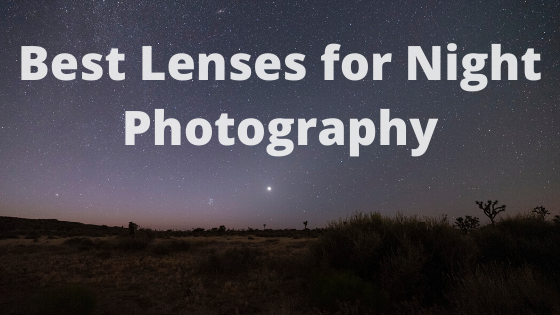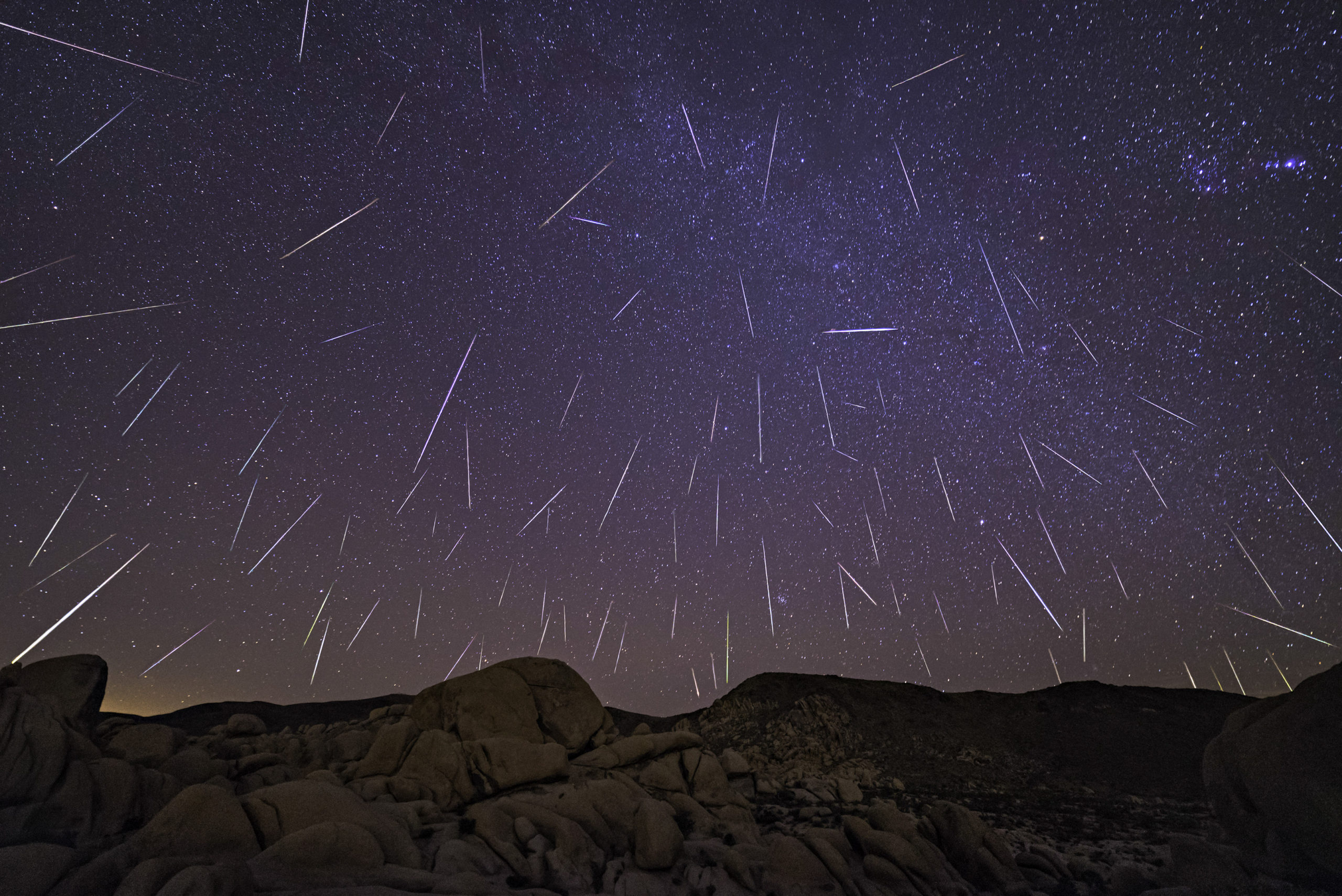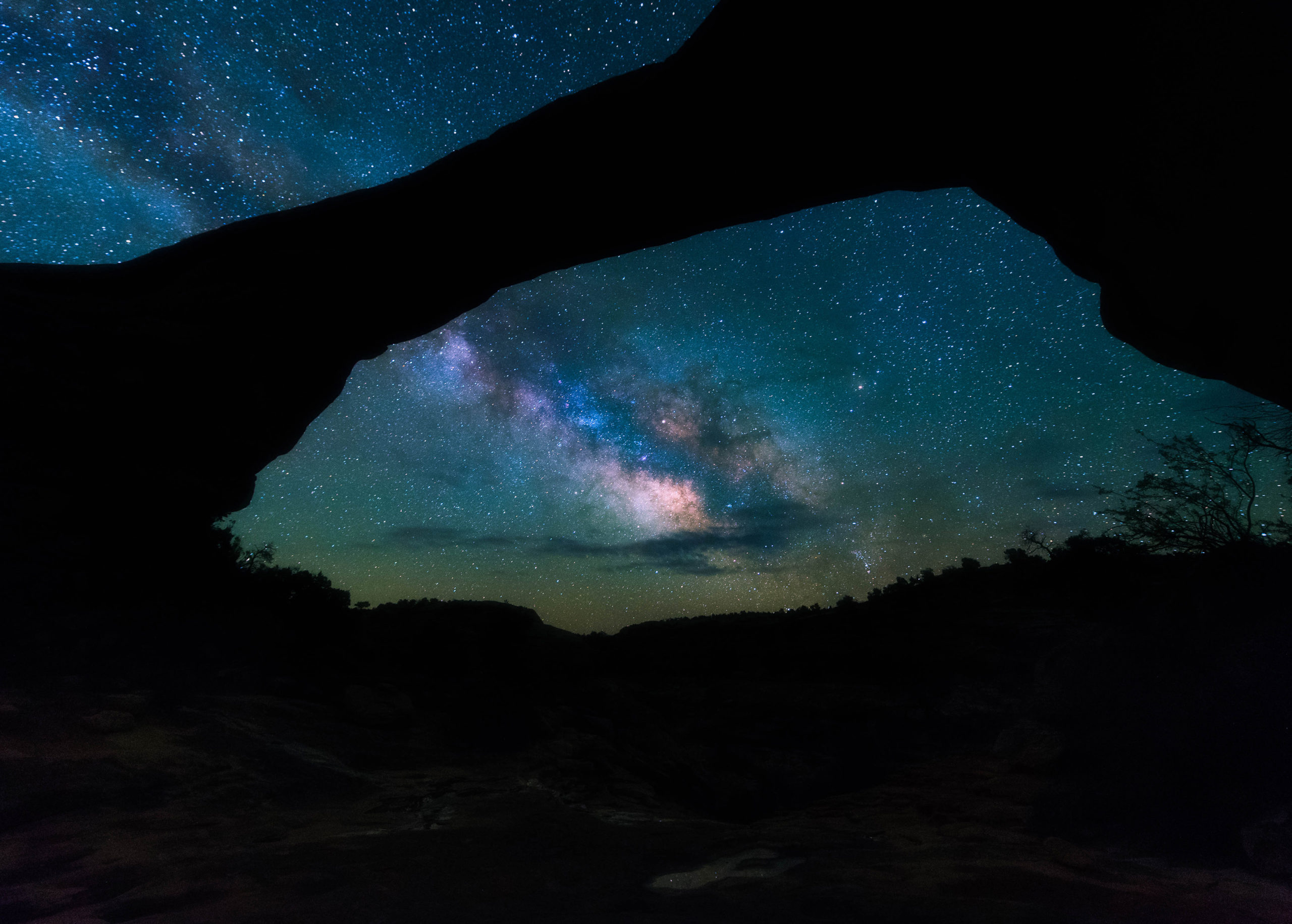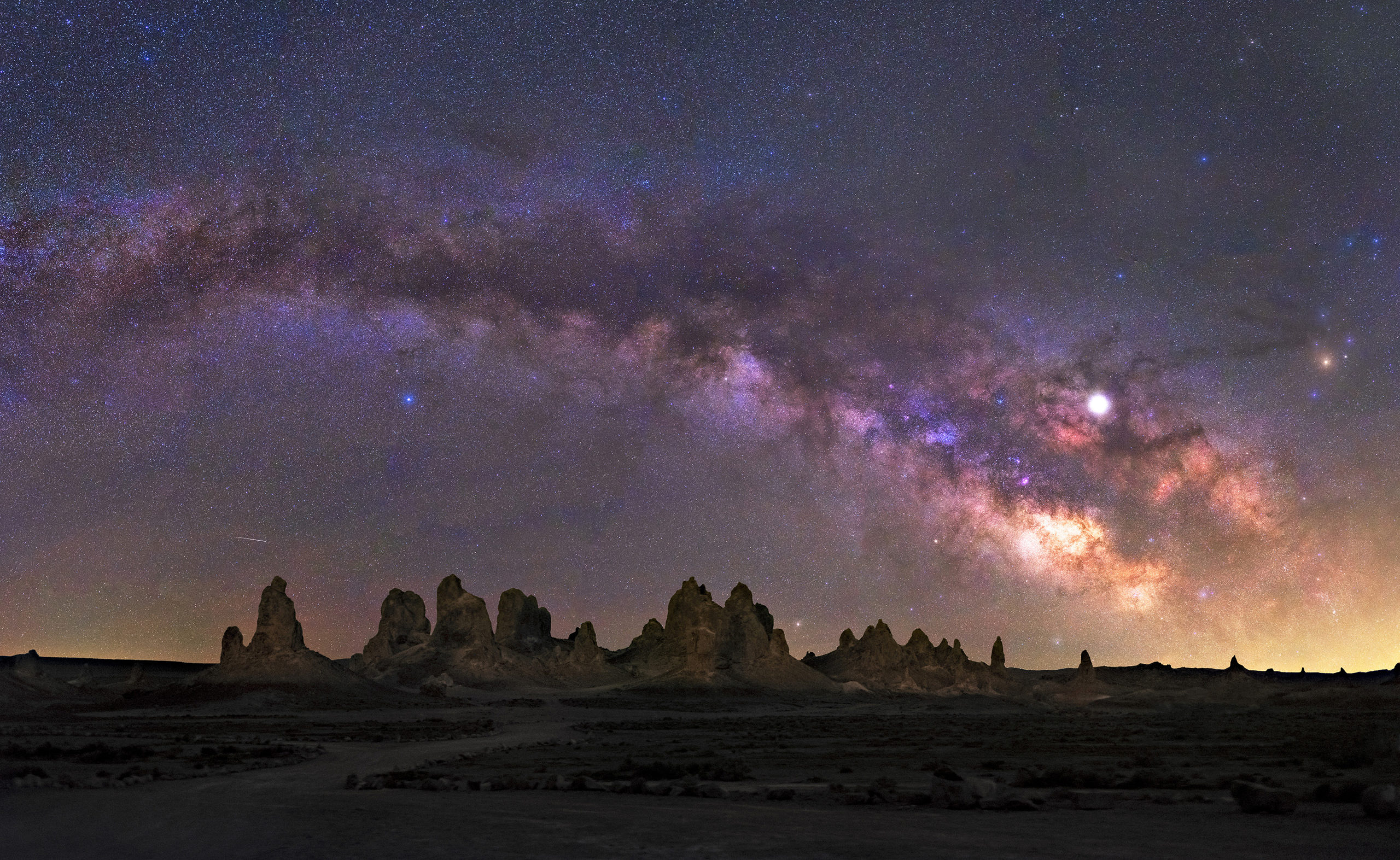In previous articles, I have stated that lenses are one of the most important features of the whole camera setup. They are responsible for the sharpness and quality of the image, making them a topic worth researching.
For astrophotography, a fast lens (low aperture) is key for obtaining stunning images of the night sky!
In this article, I will break down my top recommendations for lenses that are perfect for night photography.
The Wide Angle Lens
This type of lens is by far my top recommendation for anyone starting out in astrophotography. If you have decided to upgrade your kit lens but want to spend the least amount of money as possible, the best lens for you is the Rokinon 14mm F/2.8!
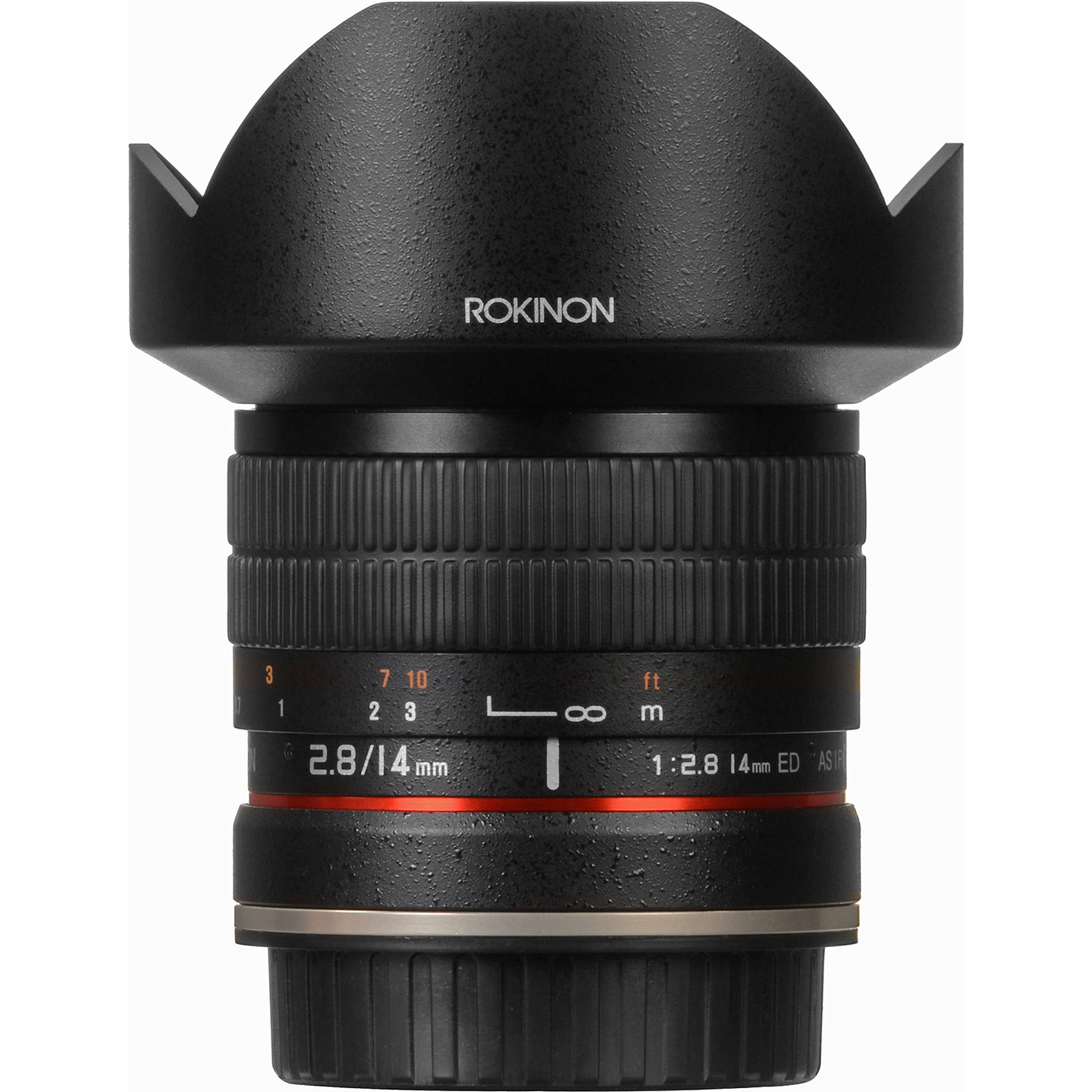
At 14mm, this lens is very wide (for Full Frame users), meaning you can capture a lot with it! This is especially great when considering a lens for night photography.
If you didn’t know yet, the sky is very big! Beginners that are photographing the stars or the Milky Way should make it a goal to capture as much of the sky and foreground as possible.
This wide-angle lens helps greatly with composition and is able to capture the Milky Way wherever it is in the sky!
Another quality to look for in an “astrophotography” lens, is for it to have a low aperture. A low aperture allows you to capture two to eight times as much light as a kit lens. This is critical in regards to low light photography.
When you are able to use a low aperture lens, your ISO can be dropped, giving you a less noisy image. This allows you to capture high-quality photos straight out of the camera, giving you confidence, and making the night photography session even more fun!
Keep in mind that his lens is made for full-frame DSLRs, meaning I would not recommend this lens for anyone that has an APS-C camera.
Besides all of the technical aspects, one of the most appealing elements to this already great lens is that it is fairly cheap, ranging from $279 – $379 depending on the camera manufacturer.
I know a couple of hundred bucks might seem like a lot, but when you start comparing it to other lenses, it becomes one of the cheapest options and gives you the most bang for your buck!
This is great for beginners starting out, as they don’t have to rush in and make a $1,000 purchase on something they may or may not stick with.
When purchasing, MAKE SURE to buy the lens that corresponds with your camera company and model!
One of the cons of this lens is that it only has manual focus. This is not a problem in astrophotography, as the only way to focus is to focus manually. However, if you decide to use this lens for other types of photography, know that there is no auto focus option for it.
The Prime Lens
The prime lens for astrophotography might not seem like the obvious lens, but let me tell you, it is an amazing choice!

Nikkor 50mm f/1.8
Prime lenses have extremely large apertures (f/1.8 or lower), making them an excellent candidate for night photography. The lower apertures allow you to obtain high-quality images and a different perspective of the stars.

Prime lenses are usually 50mm on full-frame cameras and 35mm on APS-C cameras.
Prime lenses are also a great option when capturing panoramas of the night sky, especially the Milky Way. Their narrower field of view and bigger focal length makes the Milky Way appear larger and more detailed in images.
Prime lenses can either be very cheap or very expensive. I have personally tried out both versions, and when it comes down to it, I recommend getting the cheaper one (especially when starting out).
The range in quality is very minimal and not worth the extra hundreds of dollars unless you are experienced and looking to upgrade your gear.
These lenses are also very small and compact, making them the perfect lens to travel with!
The Wide Angle Zoom Lens
These types of lenses prove to be the most expensive but can produce insanely high-quality images. They also are zoom lenses, which give you the option to change focal lengths.

Nikon 14-24mm f/2.8
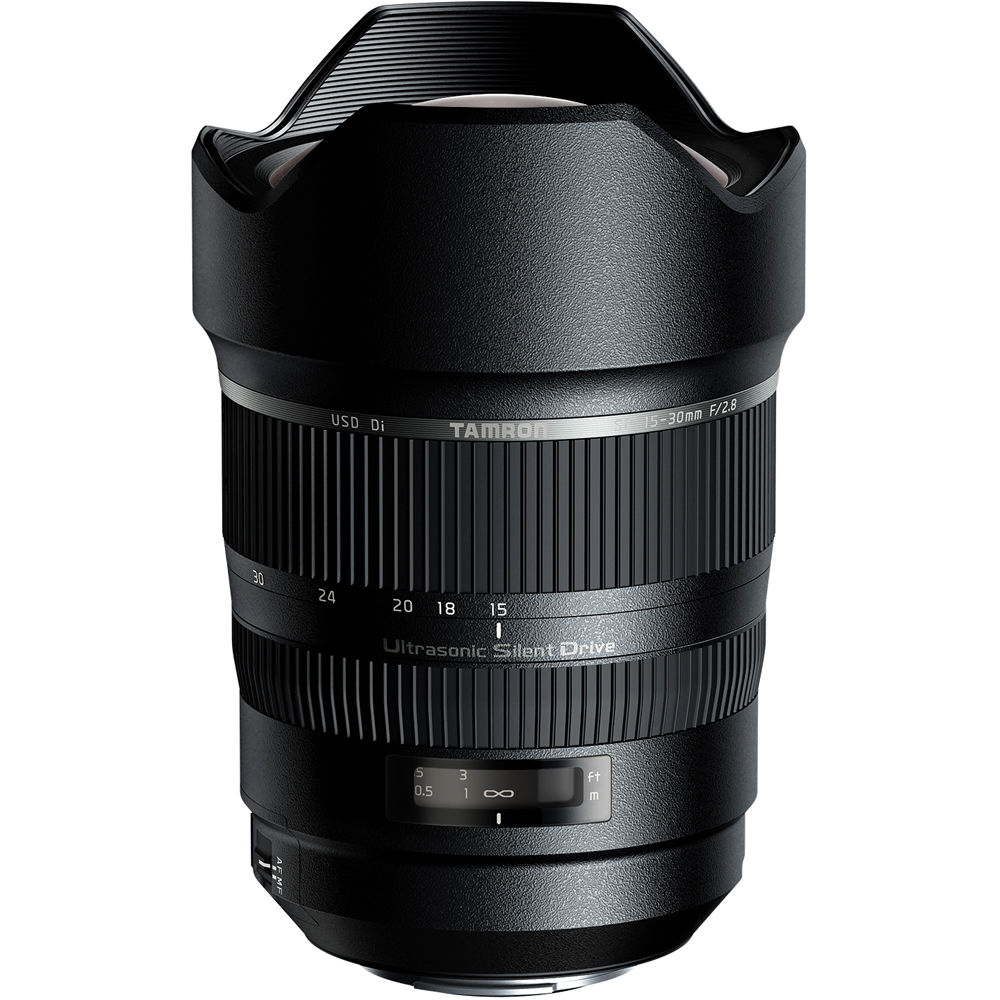
Tamron 15-30mm f/2.8
The top 2 wide-angle zoom lenses I recommend are the Nikon 14-24mm f/2.8 or the Tamron 15-30mm f/2.8 (my current lens).
Although these lenses might be more popular for landscape photographers, they perform exceptionally well when the sun goes down. Like I mentioned above, the only real downside to these lenses is that they are very expensive, with both of them priced in the $1,000 range.
I use my Tamron 15-30mm f/2.8 religiously and have created some of my best astrophotography images with this lens.
I will add that besides all of these lenses being great for astrophotography, they also double as great lenses for landscape photography!
Have fun and clear skies!

